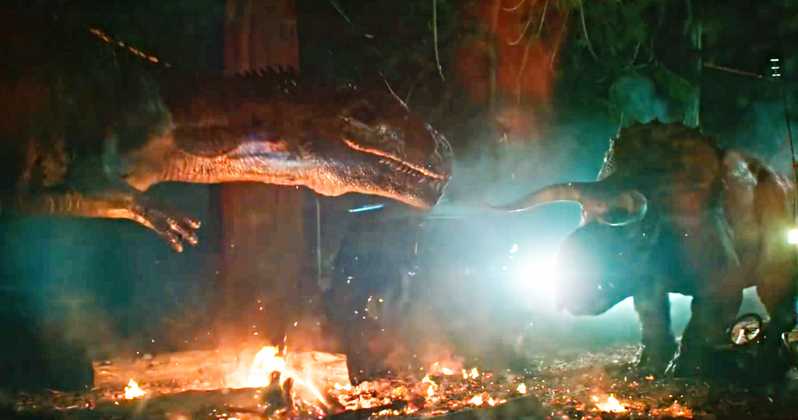9 Seasons of Hell on Earth: Some Thoughts About The Walking Dead, Part Two
“Yeah, they’re dead. They’re all messed up.” — George A. Romero, Night of the Living Dead (original 1968)
Oh, How Those Zombies Have Evolved, Devolved and Decayed!
This ends a two-post series (Part One here) on The Walking Dead. The first post concluded with the observation that TWD has a mysterious lack of “zombie” vocabulary.
To my knowledge, George A Romero invented the flesh-eating zombie genre. Before him there were films like White Zombie, I Walked with a Zombie, and The Zombies of Mora Tau — films I saw as a kid in the 1950s and 1960s, and all of them deal with more traditional, Haitian-voodoo zombies. After the original Night of the Living Dead, filmmakers such as Dario Argento and Lucio Fulci jumped into the zombie arena. Then came a host of spin-offs, take-offs, remakes, reboots and rip-offs.
I always thought George Romero never used the word zombie in his Living Dead films. But after binge-watching all six of his living dead films, I learned a few things. In Night of the Living Dead, the Dead are referred to as cannibals and ghouls. In Dawn of the Dead, the character of Peter (Ken Foree) calls them zombies; the end credits list four actors under the heading, LEAD ZOMBIES. The characters in Day of the Dead call the Dead everything but zombies. By the time Romero got around to filming Land of the Dead, the zombie genre had exploded like a Walker’s head after being hit by a shotgun blast. In this film, the Dead are called Stenches, although one character refers to them as Walkers. Dennis Hopper calls them zombies in one scene. In Diary of the Dead, which I consider Romero’s best, and was basically a reboot of the series, no one knows what’s going on, and the Living Dead are referred to as “the Dead.” In his final film, Survival of the Dead, the word zombie is used a couple of times. Tom Savini’s fairly decent 1990 remake of Night of the Living Dead, with a new screenplay by George Romero, went back to the basics and did not use zombie as a term for the Living Dead.
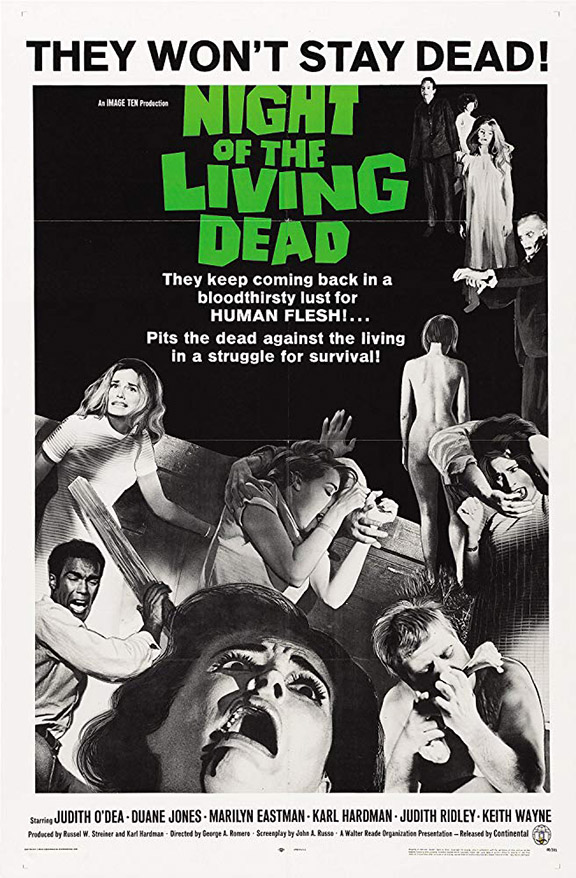
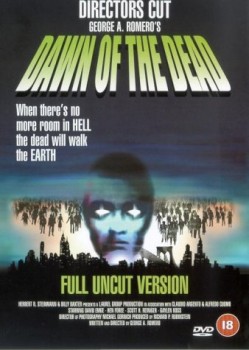
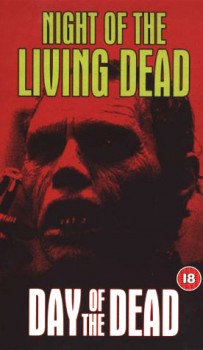
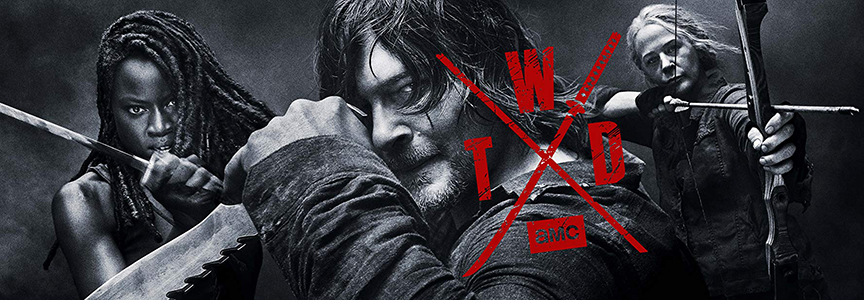
 Yesterday I posted my last full review of a film from the 2019 Fantasia International Film Festival. Today, then, a post looking back at this year’s Fantasia. First, as always, my profound thanks to everyone who puts the festival together. And thanks as well to the audiences, who give the festival a reason for being. Special thanks to everyone I watched movies with, everyone I waited in line with, and everyone who I talked with and hung out with during Fantasia 2019.
Yesterday I posted my last full review of a film from the 2019 Fantasia International Film Festival. Today, then, a post looking back at this year’s Fantasia. First, as always, my profound thanks to everyone who puts the festival together. And thanks as well to the audiences, who give the festival a reason for being. Special thanks to everyone I watched movies with, everyone I waited in line with, and everyone who I talked with and hung out with during Fantasia 2019.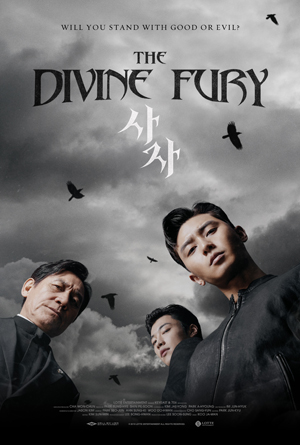 All good things must come to an end, they say, and for me Fantasia 2019 ended at the Hall Theatre with the Korean action-horror movie The Divine Fury (사자, romanised as Saja, literally Emissary). Directed by Kim Joo-hwan, it follows Yong-hu (Park Seo-jun), a champion MMA fighter who lost his father under mysterious circumstances at a young age. In the present, when mysterious wounds appear on his hands and he is attacked by a demonic force, a blind shaman guides him to exorcist Father Ahn (Ahn Sung-ki), who tells him the wounds are stigmata and give him great power in fighting demons. The two team up, reluctantly on the part of Yong-hu, who holds a grudge against Christianity after the death of his father. But there are dark forces at work in Seoul, and Yong-hu must use all his skills to defeat the forces of hell on earth.
All good things must come to an end, they say, and for me Fantasia 2019 ended at the Hall Theatre with the Korean action-horror movie The Divine Fury (사자, romanised as Saja, literally Emissary). Directed by Kim Joo-hwan, it follows Yong-hu (Park Seo-jun), a champion MMA fighter who lost his father under mysterious circumstances at a young age. In the present, when mysterious wounds appear on his hands and he is attacked by a demonic force, a blind shaman guides him to exorcist Father Ahn (Ahn Sung-ki), who tells him the wounds are stigmata and give him great power in fighting demons. The two team up, reluctantly on the part of Yong-hu, who holds a grudge against Christianity after the death of his father. But there are dark forces at work in Seoul, and Yong-hu must use all his skills to defeat the forces of hell on earth.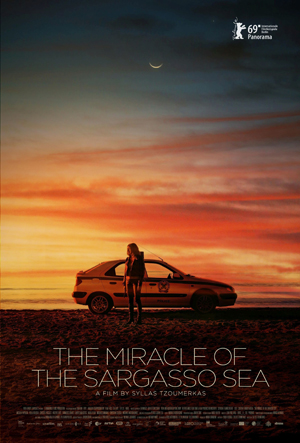 The nice thing about my last day of Fantasia was that rather than sit in one place, I would watch something on my own in the screening room, then something at the small De Sève Cinema, and finally something at the big Hall Theatre. It had the well-rounded feeling of a good summing-up.
The nice thing about my last day of Fantasia was that rather than sit in one place, I would watch something on my own in the screening room, then something at the small De Sève Cinema, and finally something at the big Hall Theatre. It had the well-rounded feeling of a good summing-up.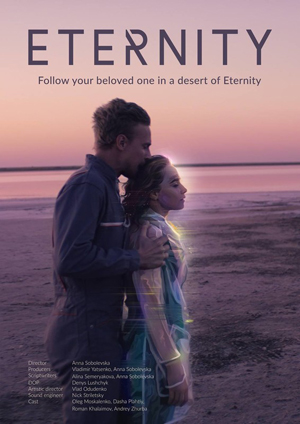 After taking a day to attend to various non-cinema matters, I came early to the last day of the Fantasia Film Festival. I had two movies I wanted to see in theatres, but first I wanted to catch up on something I’d missed when played on the big screen: the 2019 International Science Fiction Short Film Showcase. Luckily, I was able to watch it at the Fantasia screening room. Uncharacteristically, American shorts dominated this year; in an appropriately science-fictional statistic, 7 of 9 movies were from the US, with one from Australia that ended the showcase (at least in the order described in the Fantasia program) and one from Ukraine that began it.
After taking a day to attend to various non-cinema matters, I came early to the last day of the Fantasia Film Festival. I had two movies I wanted to see in theatres, but first I wanted to catch up on something I’d missed when played on the big screen: the 2019 International Science Fiction Short Film Showcase. Luckily, I was able to watch it at the Fantasia screening room. Uncharacteristically, American shorts dominated this year; in an appropriately science-fictional statistic, 7 of 9 movies were from the US, with one from Australia that ended the showcase (at least in the order described in the Fantasia program) and one from Ukraine that began it.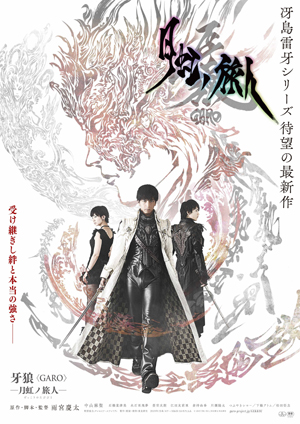 I approached my second and last film of July 30 with real uncertainty. I’d never seen many tokusatsu films or TV shows, and what I had seen I hadn’t cared for. (‘Tokusatsu’ literally means something like ‘special effects,’ but in the West it’s come especially to refer to shows like Power Rangers or Kamen Rider.) Still, playing in the De Sève Cinema was Garo — Under the Moonbow (Garo: gekkô no tabibito, 牙狼 — 月虹ノ旅人, also translated Garo: Moonbow Traveler), written and directed by Keita Amemiya. It’s the latest installment of a franchise, created by Amemiya, which began with a 2005 TV series and has continued through more TV shows, live-action movies, and anime series. as well as video games, manga, and various other tie-ins. A veteran creator of tokusatsu dramas, Amemiya is particularly known for his powerful design sense, and the images and description of the film promised a stylish fantasy adventure. Although it’d be my first experience with a series that had dozens of hours of continuity behind it, I decided it was worth passing up a chance to see The Crow on the big screen in order to watch Under the Moonbow.
I approached my second and last film of July 30 with real uncertainty. I’d never seen many tokusatsu films or TV shows, and what I had seen I hadn’t cared for. (‘Tokusatsu’ literally means something like ‘special effects,’ but in the West it’s come especially to refer to shows like Power Rangers or Kamen Rider.) Still, playing in the De Sève Cinema was Garo — Under the Moonbow (Garo: gekkô no tabibito, 牙狼 — 月虹ノ旅人, also translated Garo: Moonbow Traveler), written and directed by Keita Amemiya. It’s the latest installment of a franchise, created by Amemiya, which began with a 2005 TV series and has continued through more TV shows, live-action movies, and anime series. as well as video games, manga, and various other tie-ins. A veteran creator of tokusatsu dramas, Amemiya is particularly known for his powerful design sense, and the images and description of the film promised a stylish fantasy adventure. Although it’d be my first experience with a series that had dozens of hours of continuity behind it, I decided it was worth passing up a chance to see The Crow on the big screen in order to watch Under the Moonbow.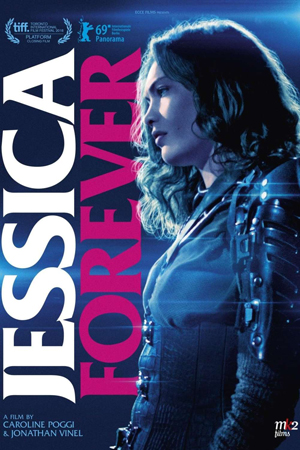 My first movie on July 30 was the first feature by two French directors of independent short films, Caroline Poggi and Jonathan Vinel. Jessica Forever, which the duo wrote as well as directed, is set in a near future in which disaffected and violent youth, mostly male, roam empty suburbs. The law hunts them down with killer drones, and the movie opens with a cloud of drones after one man, Kevin (Eddy Suiveng), who has squatted in an empty house. He’s saved from the law by a mysterious woman named Jessica (Aomi Muyock) and her squad of young men, who welcome Kevin into the fold.
My first movie on July 30 was the first feature by two French directors of independent short films, Caroline Poggi and Jonathan Vinel. Jessica Forever, which the duo wrote as well as directed, is set in a near future in which disaffected and violent youth, mostly male, roam empty suburbs. The law hunts them down with killer drones, and the movie opens with a cloud of drones after one man, Kevin (Eddy Suiveng), who has squatted in an empty house. He’s saved from the law by a mysterious woman named Jessica (Aomi Muyock) and her squad of young men, who welcome Kevin into the fold.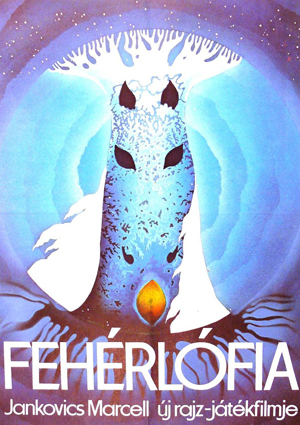 The last of the four movies I had on my schedule for July 29 promised to be interesting on any number of levels. Son of the White Mare (Fehérlófia) is an animated film made in 1981 by Hungarian Marcell Jankovics, directed by him from a script he wrote with László György. It’s based on the work of poet László Arany and folktales of the Magyars and Avars; Jankovics, who has published 15 books on comparative mythology, picked and chose from among the various versions of the tale to create what he wanted — a weird, protean, eye-popping, archetypal light show.
The last of the four movies I had on my schedule for July 29 promised to be interesting on any number of levels. Son of the White Mare (Fehérlófia) is an animated film made in 1981 by Hungarian Marcell Jankovics, directed by him from a script he wrote with László György. It’s based on the work of poet László Arany and folktales of the Magyars and Avars; Jankovics, who has published 15 books on comparative mythology, picked and chose from among the various versions of the tale to create what he wanted — a weird, protean, eye-popping, archetypal light show.